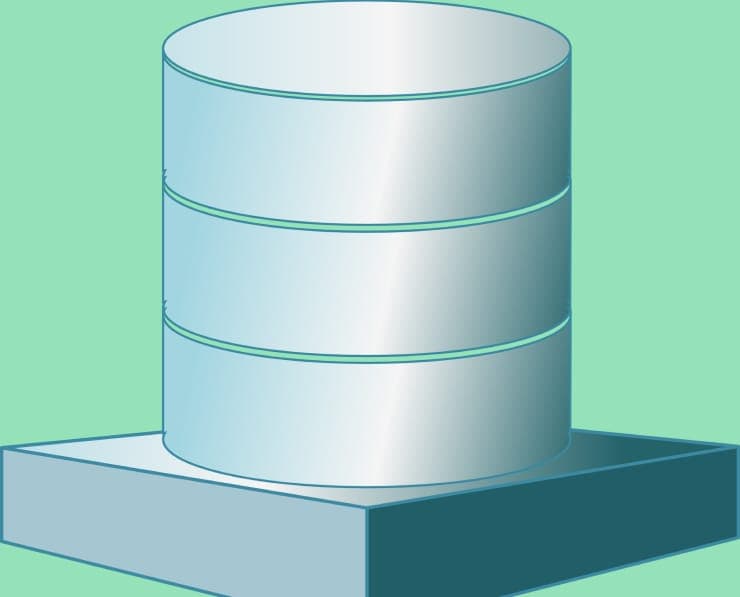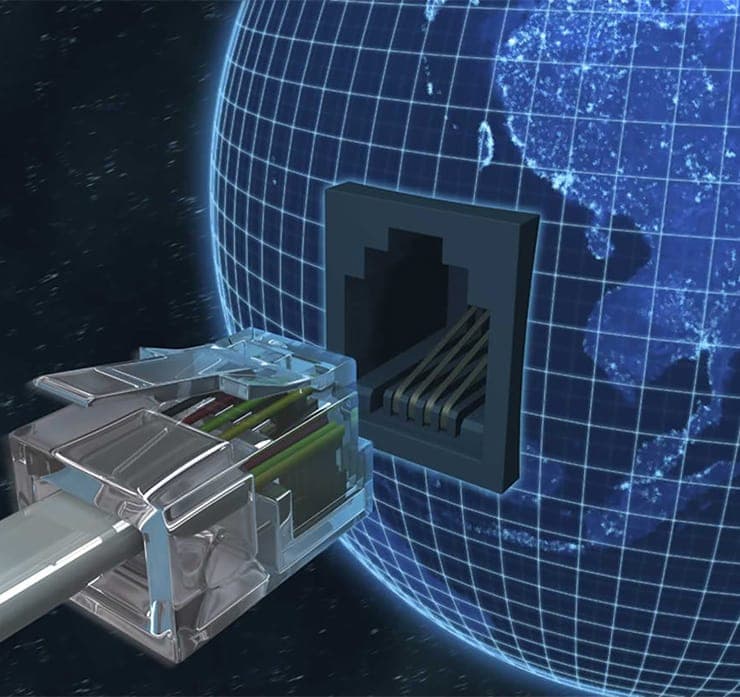Student Feedback
AWS Certified Database - Specialty Certification Video Training Course Outline
Introduction
Quick refresher on the basics
Amazon RDS and Aurora
Amazon DynamoDB and DAX
Amazon Redshift
Amazon ElastiCache
Amazon DocumentDB (with MongoDB ...
Amazon Neptune
Amazon Elasticsearch Service
Amazon Timestream
Amazon QLDB
Amazon Keyspaces (for Apache Cas...
Comparing AWS Databases
Database Migration, DMS and SCT
Monitoring, Logging and Encryption
CloudFormation and Automation
VPC - Networking
Other Topics
Exam preparation
Introduction
AWS Certified Database - Specialty Certification Video Training Course Info
Gain in-depth knowledge for passing your exam with Exam-Labs AWS Certified Database - Specialty certification video training course. The most trusted and reliable name for studying and passing with VCE files which include Amazon AWS Certified Database - Specialty practice test questions and answers, study guide and exam practice test questions. Unlike any other AWS Certified Database - Specialty video training course for your certification exam.
Pay a fraction of the cost to study with Exam-Labs AWS Certified Database - Specialty certification video training course. Passing the certification exams have never been easier. With the complete self-paced exam prep solution including AWS Certified Database - Specialty certification video training course, practice test questions and answers, exam practice test questions and study guide, you have nothing to worry about for your next certification exam.













